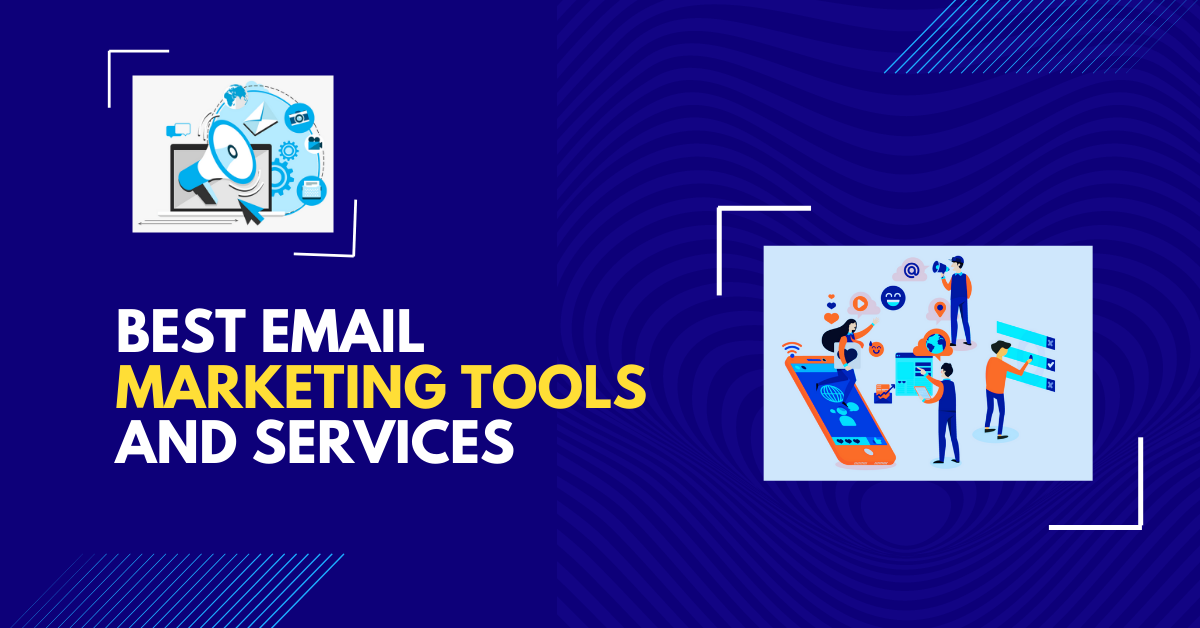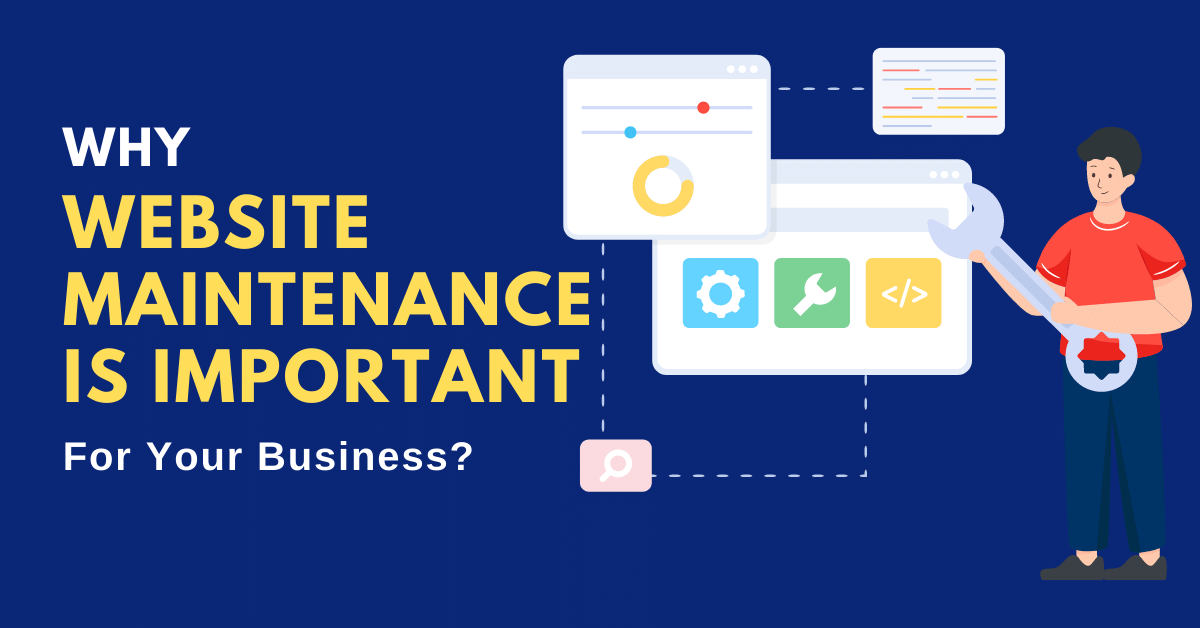
Augmented Reality Uses For Marketing Purposes:
In modern times, marketing has become highly significant in order to outperform your rivals and competitors. How you market your products, business or brand determines if the enterprise will be successful or not. Marketing is a tool used to create and maintain demand, relevance, reputation, competition and more. It is important for your business to engage its customers positively. Marketing is a highly significant tool to keep the conversation going. There are several significant ways to communicate with your current as well as prospective customers and technology plays a major role in the process. Technology has revolutionised the way companies advertise, sell, communicate and interact with customers. When we very well know that technology has already gone this far, it makes sense to have a constant eye on new digital possibilities and take advantage of them before the competitors do.
Augmented Reality is one of those. Augmented reality is quickly becoming one of the hottest trends in the advertising and marketing business. The technology has significantly grown in popularity over the last years. This market is expected to reach 117.4 billions of American dollars by 2022.
Augmented reality (AR) has been around for quite some time. Amazon, Apple, Facebook, Google, Lenovo, Samsung, and others have been investing in the technology.
AR technology combines digitally created data with that from the physical world. The user sees existing environments overlaid with computer-generated imagery. Accessibility on smartphones is one of AR’s advantages, and it’s actively finding applications in everyday life. The growing number of mobile devices, their extending functionality, and increasing Internet speed promote AR’s expansion. According to Digi-Capital, mobile AR apps can reach 3.5 billion installed base by 2022. Therefore, more companies are looking towards using augmented reality in business.
AR can be applied in many different creative ways, such as in apps or connected packaging. Also, augmented reality solutions can be used for other marketing purposes, such as enhancing sales presentations and proposals.
AR offers a whole world of solutions for a wide range of enterprises across different industries. In fact, the benefits of augmented reality in marketing are endless, particularly for creative brands that make use of this cutting-edge technology in attracting and engaging their audiences.
These solutions can be applied to easily show customers how to use a specific product or service without having to spend many hours reading extensive instruction manuals.
AR is highly welcomed by a wide strata of customers ranging from children to adults, from millennials to baby boomers. Basically, anyone owning a smartphone and Internet connection can have access to augmented reality.
According to a survey, the likelihood of a successful online sales conversion is about 40% if a consumer is able to view the product in AR. Furthermore, the AR industry is expecting to see revenue growth of $120 billion by 2020 as technological infrastructure begins to expand globally.
The primary reason behind it is the customers’ readiness to customize and personalize their shopping experience using AR.
About 63% of customers believe that augmented reality in marketing will add great value to their shopping experience. On the flip side, traditional retail stores are likely to see a 22% decrease in customers because they lack the competitive advantage of providing an AR experience.
Within the ecommerce industry, AR integrations have helped businesses reached major milestones in recent half a decade.
Let us have a look at how Augmented Reality can be creatively used for various marketing purposes:
1. Try before you buy:
Potential customers always want to try products before purchasing them. Fitting rooms, cosmetic samples, automobile test drives, and many other related concepts testify to the effectiveness of this ‘Try before you buy’ sales strategy. Augmented shopping experiences are one of the mounting trends in the current times.
Prospective customers can model and try on makeup products, clothing items, and a wide range of home-related products without needing to directly interact with them with the help of Augmented Reality Tools. AR refutes the need for a large physical inventory maintenance in order to allow customers to try on or sample dozens of items in search of the one that they like the best.
The applications of AR in retail marketing have already begun to escalate as more and more businesses are recognizing the benefits AR brings with itself.
The cosmetics industry has also been highly eager about taking on augmented reality in recent times. Brands like Sephora and L'Oreal, have created partnerships to allow their customers to see how the makeup would look on them digitally. Augmented reality is particularly valuable for online sales strategies involving cosmetics, as consumers almost always need to evaluate a given makeup product by trying it on themselves.
Also AR has the potential to rule in creating a virtual fitting room or dressing room. Trial rooms are a necessary feature, when it comes to shopping clothing items. Customers are required to carry stacks of clothing items to the trial room and then showroom employees are constantly needed to restore discarded stuff. In addition to this, a store is limited by the inventory on hand when it comes to offering clothing for customers to try on. This all has an overall hint of the lack of hygiene as well as the same piece of clothing is tried by so many people one after the other.
The augmented reality induced trial rooms relieve businesses with that hassle as well, allowing customers to tap into a digital library of clothing items with a few clicks.
2. Branding materials:
Augmented reality has the potential to take branding materials like business cards and brochures to another level by adding a virtual component. Users can scan printed materials with their mobile devices to access a range of features giving them more information and ways to get in contact with the brand.
For instance, a business card can use AR to present a variety of contact options that will allow the user to get in touch with a single click, whether through email, LinkedIn, or by phone call.
AR-enhanced branding materials allow their creators introduce dynamic virtual elements into the text, amplifying engagement.
3. Touring Assistance:
Augmented reality offers customers option to scan a product or object to pull up an AR experience personalized either toward giving added information about the product or some form of added brand-related experience.
The application of AR in this regard expands into numerous industries. For example, in the auto industry, Hyundai and Mercedes have both been adopting AR applications. Hyundai became the first to create an augmented manual for drivers and Mercedes has taken this concept a step further. Mercedes owners have access to a feature called 'Ask Mercedes', which pairs an AI assistant with an augmented reality interface to answer a host of potential questions.
4. Hype the brand:
Augmented reality can also be used as part of an indirect sales and marketing strategy. While the previous AR applications focused on direct tactics for facilitating sales, AR can also be used to enhance the brand status itself.
Creating a novel, unexpected or fun augmented reality experience can result in a significant buzz for a brand if executed properly. AR is a relatively new phenomenon for most people, meaning that a well-designed AR experience will get people excited and talking, creating long term memories for them. As people prefer a brand that keeps them satisfied, that kind of exposure and customer goodwill can create a lasting impact.
By employing AR strategies creatively, companies can generate big bucks in earned media. In a competitive market, an augmented reality campaign allows a brand to stand out from its peers and create sustained discussion and brand recall.
5. Leverage augmented reality for B2B:
Augmented reality is all geared up to transform the B2B customer/vendor experienced in several ways. The B2B sales process has always faced the tug-of-war between customer expectations and the limitations of what a seller has to offer. AR has the potential to create significant improvements along the entire chain of the sales process.
AR sales tools can offer customers the opportunity to see and interact with products in as detailed a way as they desire, from a high-level overview to a detailed inspection of individual components.
So we can easily conclude it is a fact that companies that invest in augmented reality in marketing, procure the benefits of viewing the marketing world in a new dimension and enjoying the rewards of their investment.














Post Your Comment
Comments